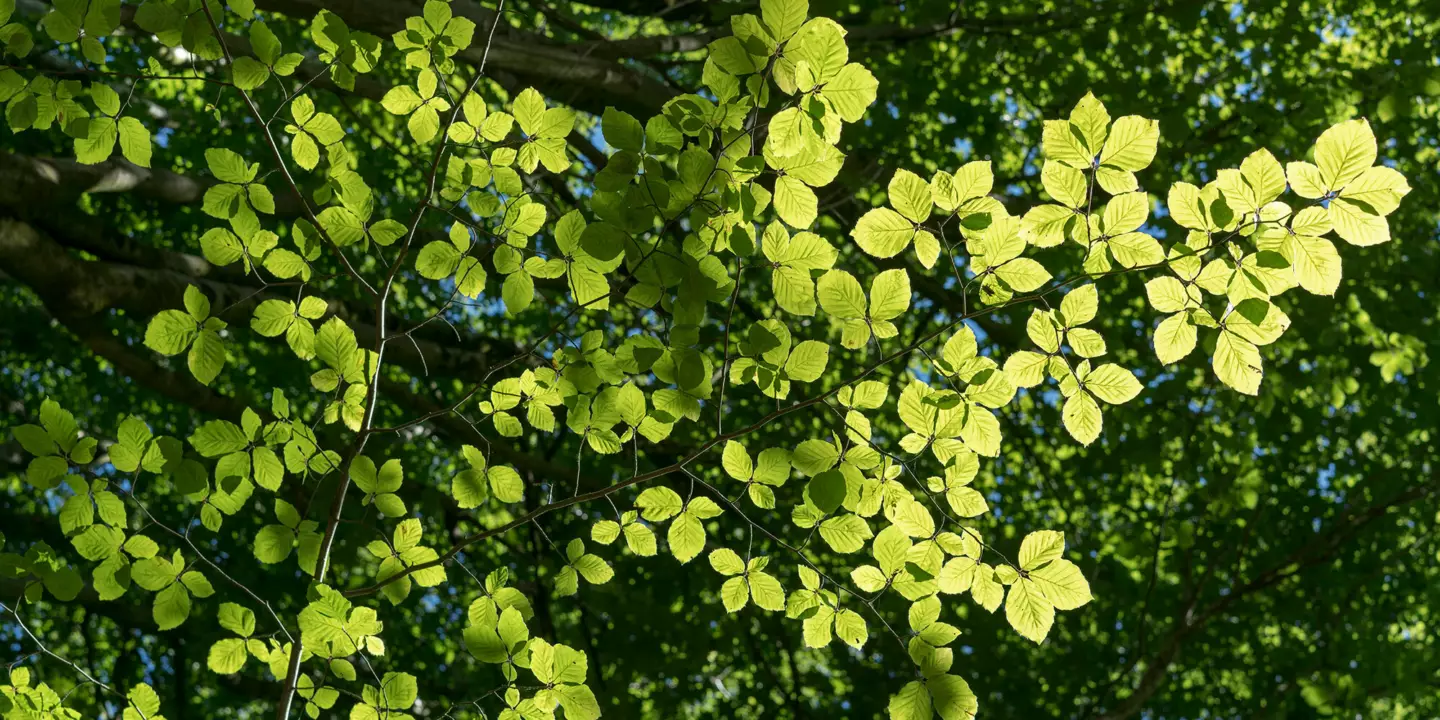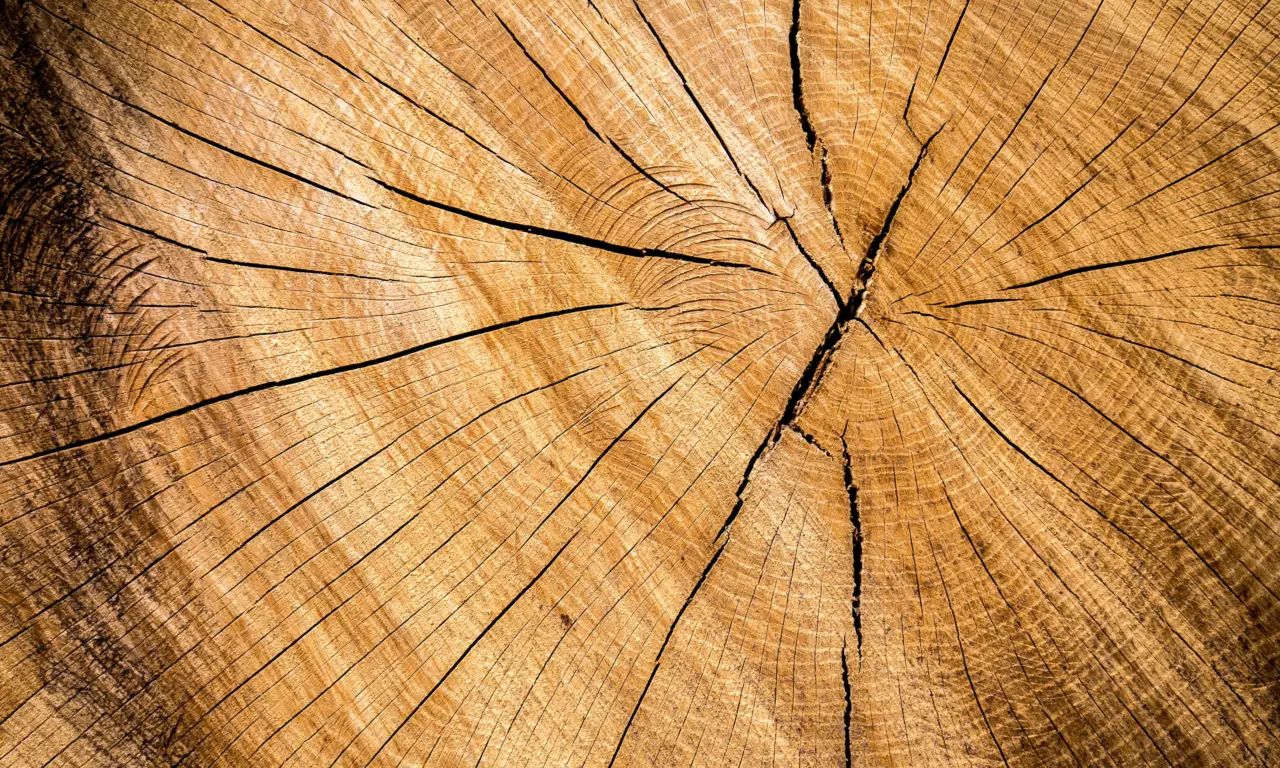A lot of the environmental impact of building products can be measured and calculated. An Environmental Product Declaration is the official way to present these numbers. But, it’s not light reading.
If you like your data, you can download the full version here.
From harvesting a tree to finally disposing of Brimstone cladding at the end of its useful life (Modules A1 – C4) 1 M2 of 20 x 145mm Brimstone cladding creates 8 Kg of CO2e(1)
To put that into context: 1m2 of brick-faced Precast Concrete Cladding creates 122 kgC02e(2)
(1) CO2e* means Carbon dioxide plus other greenhouse gases
(2) britishprecast.org


